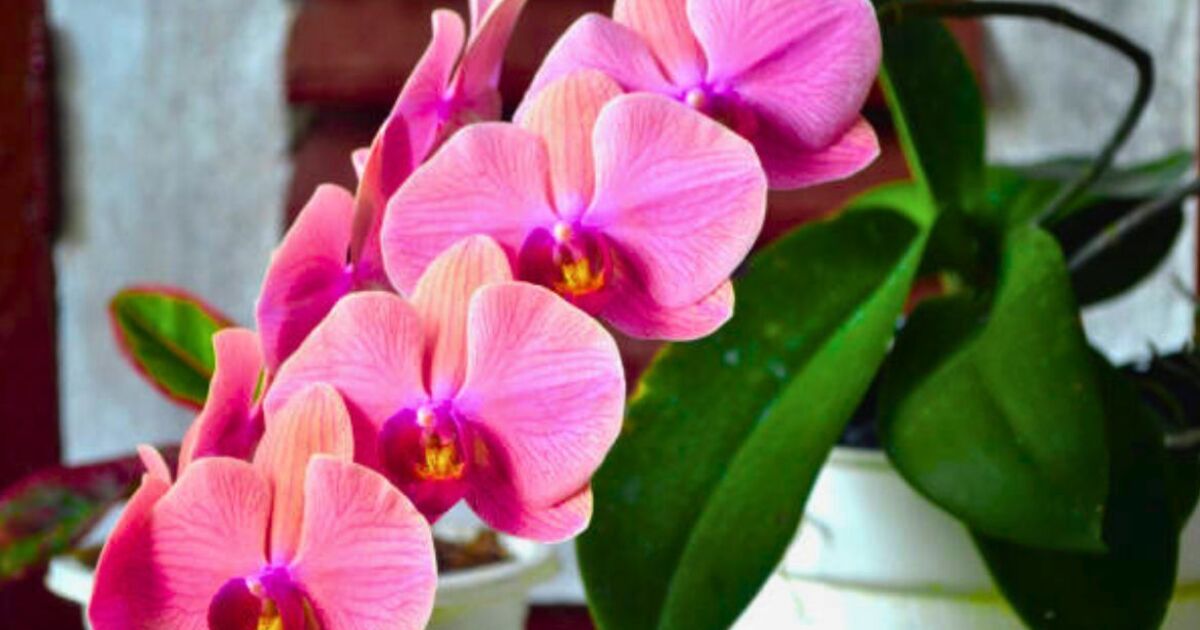Orchids are one of the most popular houseplants due to their magnificent flowers, but it can be disheartening when their blooms fall off and they begin to go dormant.
The best way to get orchids to rebloom again is to mimic their native climate, and you can do this with an easy gardening job once a week that will take you less than five minutes to do.
Talya Tate Boerner, a master gardener and founder of Grace Grits Garden, has shared a “game changer” method to get an orchid to flower again and all you will need is a few ice cubes.
She said: “Consistent watering is key to happy plants whether inside or outside…I wasn’t sure how much to water my now dormant orchid. (Once they stop blooming, they enter into a dormancy phase.)
“I researched orchid watering needs and stumbled upon the idea of ice cube watering.”
How to get orchid flowers to rebloom using ice cubes
It may sound bizarre but using ice cubes for watering will provide a consistent but gradual amount of water for orchids as they melt.
In the wild, orchids receive water slowly from mist or light rain to prevent the plant from becoming waterlogged so mimicking their natural watering conditions is an easy way to get them to rebloom.
All you need to do is place ice cubes on the surface of the soil once a week
Talya said: “Simply place two regular-sized ice cubes on either side of the plant. (If your refrigerator makes small cubes, use four or five.) Ice cubes provide slow-release watering and eliminate the possibility of overwatering (a common problem).”
How else can you get an orchid to rebloom?
Making sure an orchid has a stable environment is the key to getting it to rebloom again, which you can do by watering the plant properly and providing it with enough natural light.
Orchids need plenty of sunlight to flower and the two common mistakes houseplant owners make are overwatering the plant and also not moving it to the most effective place in the home.
The best place to keep an orchid is near an eastern window so it receives gentle morning light without being directly in the sun.
Talya said: “Everything thrives in this area because the bright, indirect eastern light is fabulous. Turns out, eastern light is perfect for orchids.”
Softer light is needed for orchids as harsher afternoon sunlight from southern or northern windows can cause the leaves to burn, which will damage and stress out the plant.
Orchids in their natural habitat are exposed to dappled sunlight as the sun rises, so trying to replicate their wild environment as much as possible will help you get a second burst of flowers.










